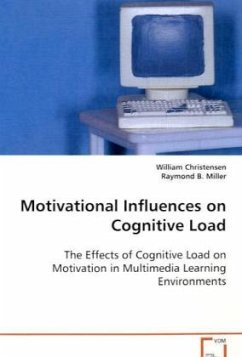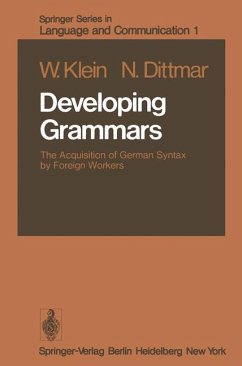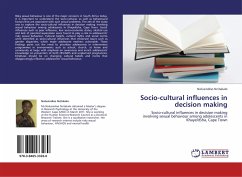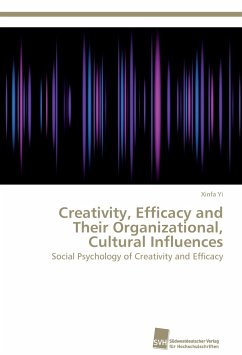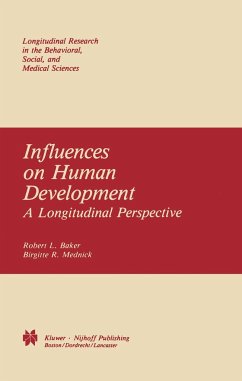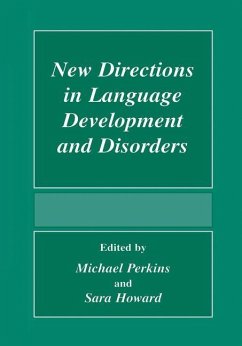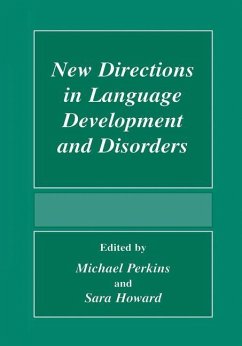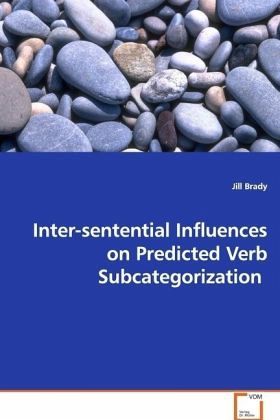
Inter-sentential Influences on Predicted Verb Subcategorization
Versandkostenfrei!
Versandfertig in 6-10 Tagen
52,99 €
inkl. MwSt.

PAYBACK Punkte
26 °P sammeln!
This study investigated the influences of prior discourse context and cumulative syntactic priming on readers predictions for verb subcategorizations. An additional aim was to determine whether cumulative syntactic priming has the same degree of influence following coherent discourse contexts as when following series of unrelated sentences. Participants read temporarily ambiguous sentences that resolved to sentential complement. The sentences either followed a discourse context or a series of scrambled sentences. In addition, the number of sentences that resolved to a sentential complement in ...
This study investigated the influences of prior
discourse context and cumulative syntactic priming
on readers predictions for verb subcategorizations.
An additional aim was to determine whether
cumulative syntactic priming has the same degree of
influence following coherent discourse contexts as
when following series of unrelated sentences.
Participants read temporarily ambiguous sentences
that resolved to sentential complement. The
sentences either followed a discourse context or a
series of scrambled sentences. In addition, the
number of sentences that resolved to a sentential
complement in the preceding sentence set was also
varied. Reading times across the disambiguating and
postdisambiguating regions were recorded. No
significant main effects or interactions were found
for either region. However, follow-up analyses,
using per phoneme reading times and nonparametric
statistics resulted in a significant main effect of
coherence for some comparisons.
discourse context and cumulative syntactic priming
on readers predictions for verb subcategorizations.
An additional aim was to determine whether
cumulative syntactic priming has the same degree of
influence following coherent discourse contexts as
when following series of unrelated sentences.
Participants read temporarily ambiguous sentences
that resolved to sentential complement. The
sentences either followed a discourse context or a
series of scrambled sentences. In addition, the
number of sentences that resolved to a sentential
complement in the preceding sentence set was also
varied. Reading times across the disambiguating and
postdisambiguating regions were recorded. No
significant main effects or interactions were found
for either region. However, follow-up analyses,
using per phoneme reading times and nonparametric
statistics resulted in a significant main effect of
coherence for some comparisons.




